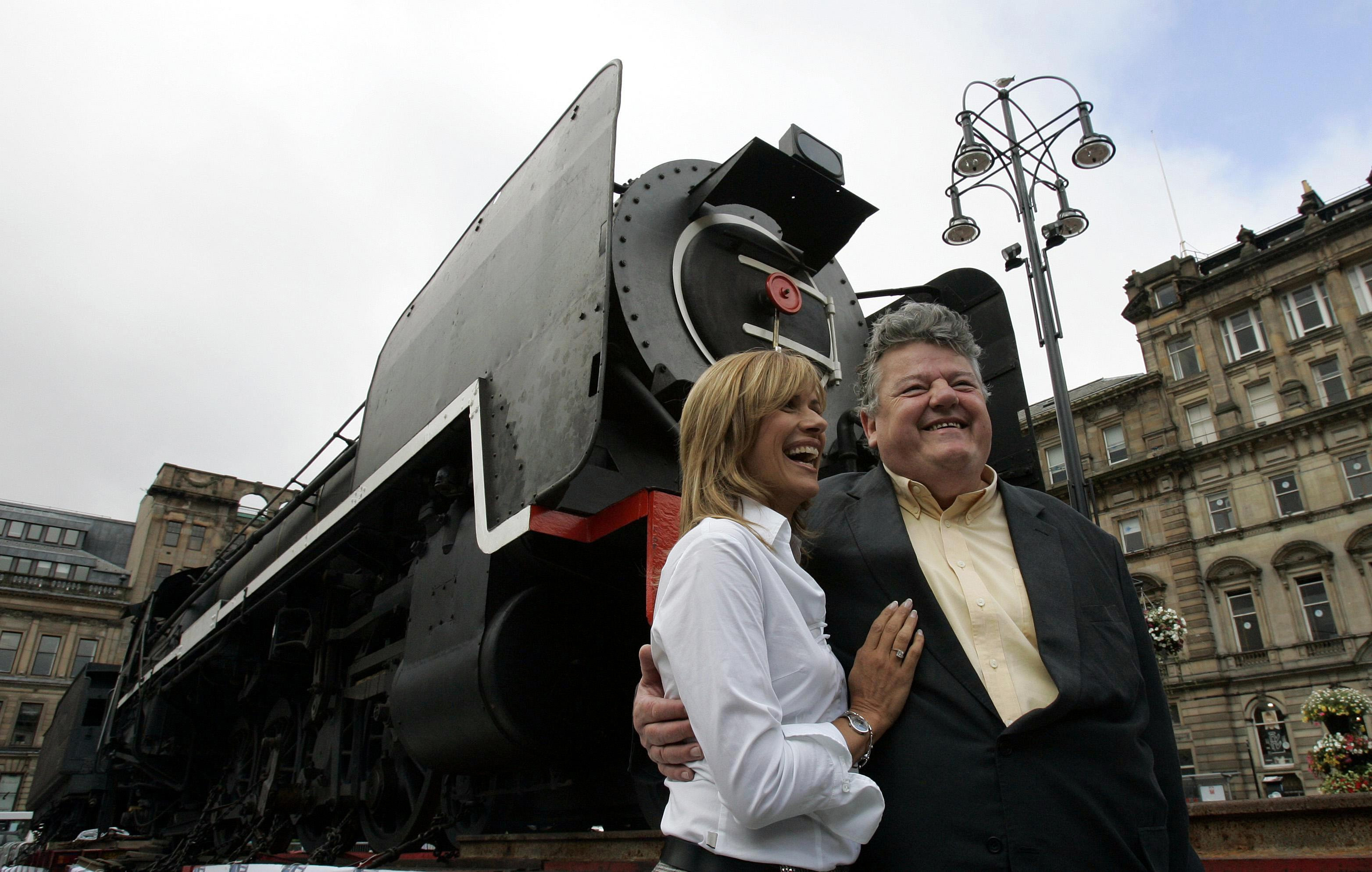

- Odeon acoustics cracker full#
- Odeon acoustics cracker software#
- Odeon acoustics cracker iso#
- Odeon acoustics cracker series#
For ISO 3382 room acoustic parameters to be derived accurately from impulse responses, this trade-off aims at a certain minimum decay range. Selecting an appropriate method for measuring 'normal' indoor concert hall acoustics is always a trade-off between time, stimulus type, number of measurements and measurement quality. Finally, the influence of the geometric deviations on selected acoustical parameters are evaluated and presented. The run-to-run deviations were taken into account and optimized settings were used, such as the number of rays and the transition order. Next, the model material settings, for which the trends of simulated result were closest to the acoustic measurements, have been applied to both our own and literature based 3D models with various geometrical accuracies. A stepwise evaluation on the influence of the absorption and scattering coefficients is presented for the most accurate geometry using various plausible literature data. To ensure the geometric accuracy of our models, measurements were performed with a Total Station theodolite in both theatres.
Odeon acoustics cracker software#
As part of the Ancient Acoustics project, 3D models were realised of the Odeon of Herodes Atticus and the theatre of Epidaurus to be used in the ray-based room acoustic simulation software 'Odeon'. Acoustical measurements were conducted in the Odeon of Herodes Atticus, the theatre of Epidaurus and the theatre of Argos, resulting in a large amount of high quality impulse responses per theatre. The influences of these assumptions on modelling results have been assessed in this paper, which is part of the Ancient Acoustics project. The results of the speech intelligibility measurements show a declining trend for STI over distance, which contradicts some findings presented in literature.Īcoustic models of ancient theatres found in literature are often based on assumptions, both for geometrical and material properties. For the theatre of Epidaurus this distribution is non-uniform due to the opposite-facing seating areas, which is in line with findings from research by others. Results for the Odeon of Herodes Atticus show a uniform axisymmetric distribution over receiver positions of common acoustical parameters such as reverberation time, clarity, sound strength and spaciousness.
Odeon acoustics cracker full#
This proves that it is legitimate to compare measurements collected during a full day under slightly different climate conditions. In the Odeon of Herodes Atticus, all measurements have been performed in the morning as well as in the evening, showing a minimal discrepancy well within the Just Noticeable Difference (JND) for every discussed parameter. Finally, speech intelligibility measurements have been carried out in accordance with IEC 60268-16 using a 'speech source' that simulates a human voice. In addition, binaural impulse responses were measured using an artificial head on respectively 10, 12 and 3 receiver positions. Impulse response measurements have been conducted at respectively 200, 264 and 60 listener positions for 5 equal-angular dodecahedron sound source rotation steps at 2 source positions.

Odeon acoustics cracker series#
The accuracy of these measurements is discussed in part one of this series of papers.

In this paper, results are presented of large-scale measurements which were performed in the Odeon of Herodes Atticus and the theatres of Epidaurus and Argos. However, only a limited number of in situ measurements have been available to validate the results. Research has mainly focused on modelling the acoustics of theatres and has shown various acoustical effects. In the last decades we have seen an increased interest in the acoustics of ancient Greek and Roman theatres and much research has been performed on many of them.


 0 kommentar(er)
0 kommentar(er)
